Black History Month Events
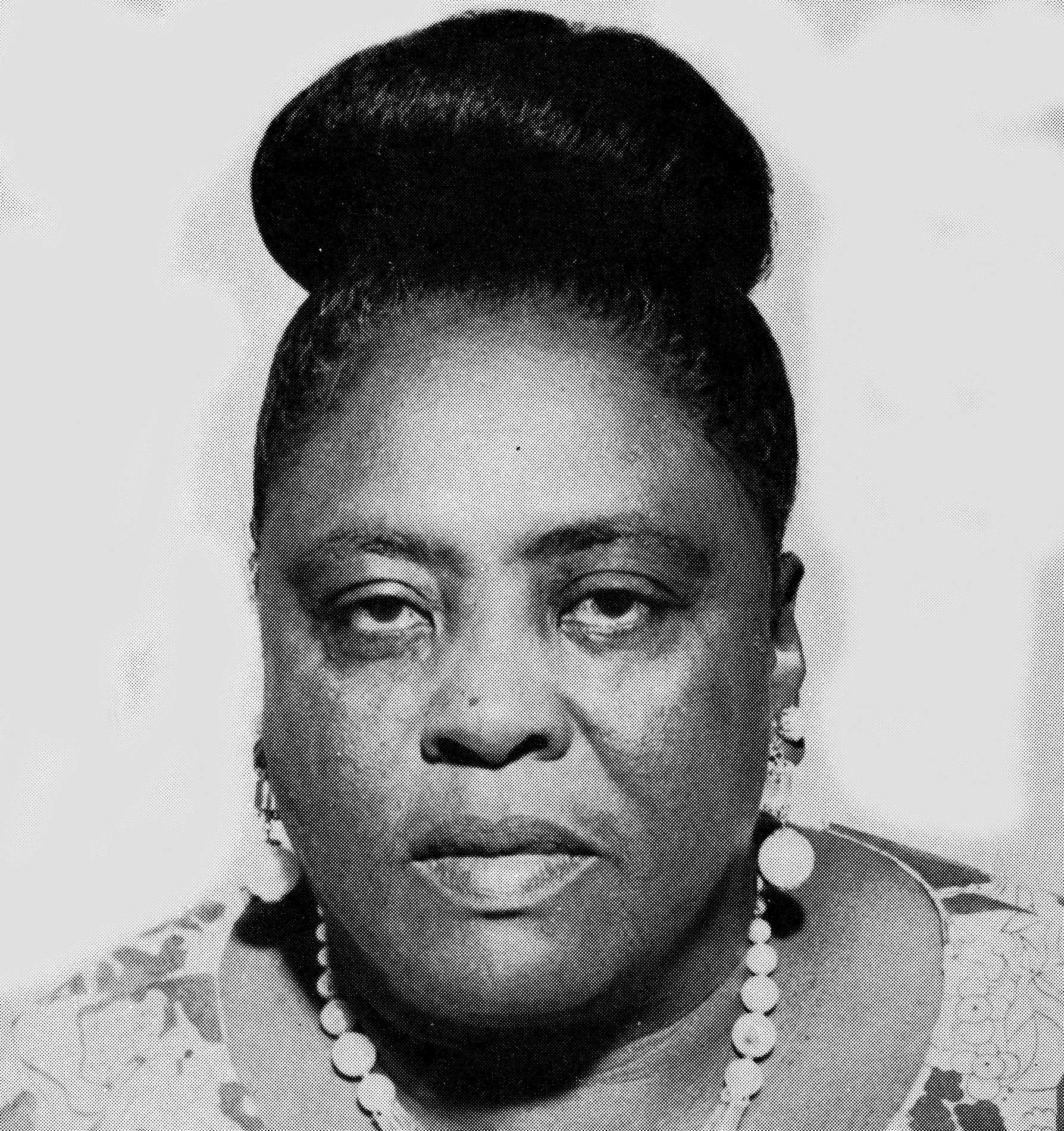
I'm sick and tired of being sick and tired!"
Fannie Lou Hamer
1917-1977
Fannie Lou Hamer was a political activist, community organizer, celebrated orator, co-founder of the Freedom Democratic Party, and co-organizer of Freedom Summer. Originally from Mississippi, Hamer was one of the most influential voices of the civil and voting rights movements. Later, she became a leader in creating better economic opportunities for Black Americans by setting up multiple organizations, providing childcare and other necessary family services.
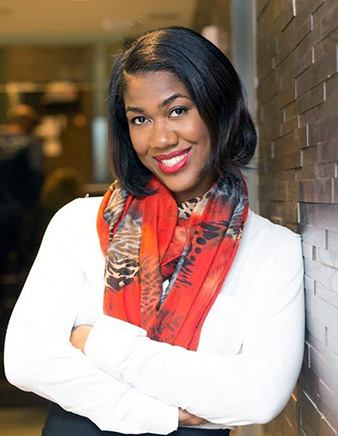
Tahira Reid
Growing up in the Bronx as an only child, Tahira Reid Smith dreamed about an automated Double Dutch jump rope machine that would allow her to practice — even when there was no one available to turn the ropes.
As an undergraduate student at Rensselaer Polytechnic Institute (RPI), Reid Smith took the Introduction to Engineering Design class taught by famed educator, entrepreneur, and inventor Burt Swersey, a fellow Bronxite. Under Swersey’s mentorship, Reid Smith revisited the Double Dutch machine design she first created on a poster in the third grade. By graduation, she successfully created a working prototype, and was awarded two patents for her device. In addition to a BS and MS in Mechanical Engineering from RPI, Reid Smith has a PhD in Design Science from the University of Michigan.
Reid Smith teaches Mechanical Engineering and Engineering Design at Pennsylvania State University. There, she is also Director of the REID Lab (Research in Engineering and Interdisciplinary Design), where she and her students focus on human-centered design that improves lives. Her story and her automated Double Dutch jump rope machine are part of the Smithsonian’s Change Your Game exhibition. Taken from: https://www.lemelson.org/tahira-reid-smith/

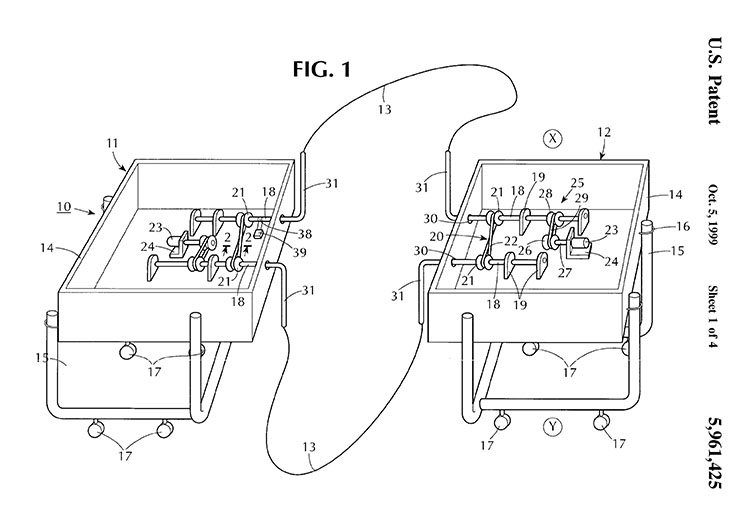
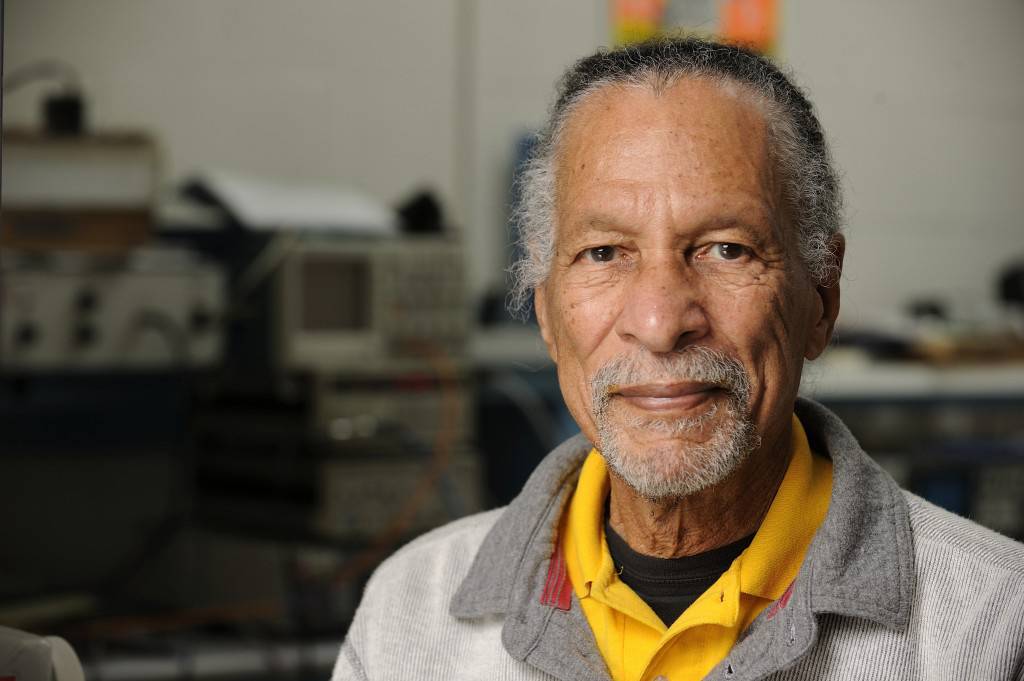
James West
James West is a professor of electrical and computer engineering and mechanical engineering.
He is known worldwide as the co-inventor of the foil electret microphone. This is a type of condenser microphone upon which 90 percent of all microphones used today are based (such as telephones, sound and music recording equipment, and hearing aids). West developed the invention with his research partner Gerhard Sessler in 1962 while both were scientists at Bell Laboratories in Murray Hills, NJ.
West holds more than 60 U.S. patents and more than 200 foreign patents using polymer foil electrets in transducers during his 40-year career with Bell Laboratories, where he had worked as an acoustical scientist. He has also authored or contributed to more than 150 technical papers and several books on acoustics, solid-state physics, and materials science.
Upon retiring from Bell in 2001, he joined Johns Hopkins University as a research professor, and the transition to academia has been much to his liking. “I discovered that Johns Hopkins is a lot like Bell Labs, where the doors are always open and we are free to collaborate with researchers in other disciplines,” James says. “I like the fact that I’m not locked into one small niche here. I wanted to be in an environment that allowed 360 degrees of vision.”
His research at Johns Hopkins includes efforts to improve teleconferencing technology by transmitting stereophonic sound over the Internet and new transducers. In addition, James has long been known for being a mentor to students, and for being active in initiating and participating in programs aimed at encouraging more minorities and women to enter the fields of science, technology, mathematics, and engineering (STEM).
West graduated from Temple University in 1957 with a degree in physics. Taken from: https://engineering.jhu.edu/faculty/james-west/

